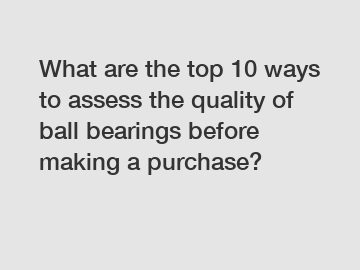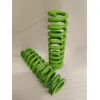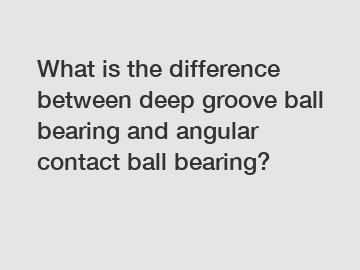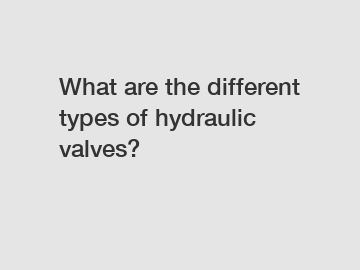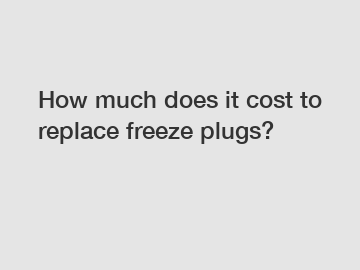4 Tips for Selecting a Rotary Ball Valve
When it comes to selecting the right rotary ball valverotary ball valve for your application, there are a few key factors to consider in order to ensure optimal performance and longevity. With so many options available on the market, it can be overwhelming to determine which valve is best suited for your specific needs. In this blog post, we will discuss four tips for selecting a rotary ball valve that will help you make an informed decision and ultimately save you time and money in the long run.
1. Consider the Material of Construction.
One of the most important factors to consider when selecting a rotary ball valve is the material of construction. The material used in the construction of the valve will determine its durability, resistance to corrosion, and ability to withstand high temperatures and pressures. Common materials used in the construction of rotary ball valves include stainless steel, carbon steel, and brass. Each material has its own set of advantages and disadvantages, so it is important to carefully evaluate your application requirements before making a selection.
For applications that require the valve to handle corrosive fluids or high temperatures, stainless steel is often the preferred material due to its excellent resistance to corrosion and ability to withstand extreme conditions. Carbon steel is a cost-effective option for applications that do not require as much corrosion resistance but still need a durable and reliable valve. Brass is commonly used in low-pressure applications where corrosion is not a major concern.
2. Evaluate the Valve Design.
The design of the rotary ball valve can also play a significant role in its performance and reliability. There are several different types of valve designs available, including floating ball valves, trunnion-mounted ball valves, and multi-port ball valves. Each design offers its own set of advantages and disadvantages, so it is important to understand the differences between them in order to select the most appropriate valve for your application.
Floating ball valves are the most common type of rotary ball valve and are suitable for a wide range of applications. These valves feature a freely moving ball that is held in place by two seats, allowing for tight shut-off and low torque operation. Trunnion-mounted ball valves are designed for high-pressure applications and feature a fixed ball that is supported by trunnions, providing increased stability and durability. Multi-port ball valves are used in applications that require the diversion of flow to multiple outlets, making them ideal for complex piping systems.
3. Determine the Valve Size and Pressure Rating.
Explore more:Can Plastic Be CNC Machined?
What are the application fuilds of rapid prototyping process?
What is precision surface finishing?
Why are ball bearings so important?
What is a Double Eccentric Butterfly Valve used for?
What are Radiant Tubes?
What are the advantages of Spiral Bevel Gears?
Another important factor to consider when selecting a rotary ball valve is the size and pressure rating of the valve. Valve sizing is crucial to ensure optimal flow rates and efficiency within your system. It is important to select a valve size that matches the flow requirements of your application, as using a valve that is too small can result in excessive pressure drop and reduced performance.
In addition to valve size, it is also important to consider the pressure rating of the valve. The pressure rating indicates the maximum pressure that the valve can safely withstand without causing damage or leakage. It is important to select a valve with a pressure rating that exceeds the maximum operating pressure of your system in order to ensure safety and reliability.
4. Consider the Valve Actuation Method.
The method of actuation used to operate the rotary ball valve is another important consideration when selecting a valve for your application. There are several different actuation methods available, including manual, pneumatic, and electric actuation. The actuation method you choose will depend on your specific application requirements, budget, and level of automation desired.
Manual actuation is the most cost-effective option and is suitable for applications where the valve does not need to be opened and closed frequently. Pneumatic actuation uses compressed air to operate the valve and is ideal for applications where rapid cycling and remote control are required. Electric actuation offers the highest level of automation and precision control but is typically more expensive than manual or pneumatic actuation.
In conclusion, selecting the right rotary ball valve for your application requires careful consideration of factors such as material of construction, valve design, size and pressure rating, and actuation method. By taking the time to evaluate these key factors and choose a valve that meets your specific needs, you can ensure optimal performance, reliability, and longevity for your system. Whether you are looking for a valve for a chemical processing plant, oil and gas facility, or industrial manufacturing operation, following these tips will help you make an informed decision and select the best rotary ball valve for your application.
For more information, please visit flow control valve for water, gas valve manufacturers.
Explore more:Troubleshooting Slurry Pump Issues: When and How to Replace Parts
What are the common types of bearings used in electric motors?
API-7K Triplex Mud Pumps Contractor: Satisfying Google Users' FAQs for Superior Pumping Solutions!
What is a CAN Bus Display and how does it work?
Which EPDM Rubber Seal Strip offers the best value for money?
Revolutionize Scientific Instruments: Unleashing the Potential of Investment Casting for High-Performance Components!
What are the advantages of purchasing the 4/3D-HS Slurry Pump for your business?





